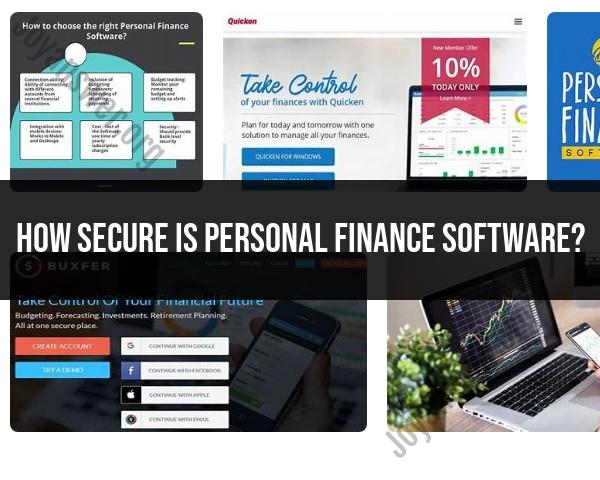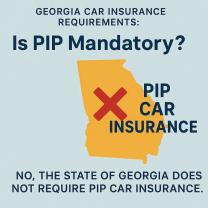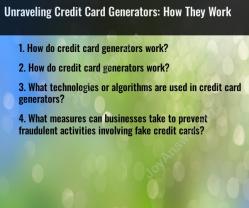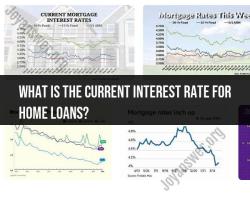How secure is personal finance software?
The security of personal finance software can vary depending on the specific software you use and how you manage and protect your financial data. Here are some general considerations to assess the security of personal finance software:
Encryption:
- Check whether the software uses encryption to protect your data during transmission and storage. Look for software that uses strong encryption protocols, especially when handling sensitive information such as account numbers and passwords.
Multi-Factor Authentication (MFA):
- Opt for personal finance software that supports multi-factor authentication. MFA adds an extra layer of security by requiring an additional verification step beyond just entering a password.
Secure Connection (HTTPS):
- Ensure that the software uses a secure connection (HTTPS) when accessing your financial data online. This helps protect your information from unauthorized interception during communication.
Data Protection Policies:
- Review the data protection and privacy policies of the software provider. Understand how they handle your data, who has access to it, and whether they share your information with third parties.
Offline Access:
- If the software offers offline access or local storage options, make sure the data is encrypted and secure on your device. Consider using strong passwords and encryption for any locally stored data.
Regular Software Updates:
- Regularly updated software tends to have security patches that address vulnerabilities. Ensure that the personal finance software you use is actively maintained and receives timely security updates.
Vendor Reputation:
- Choose personal finance software from reputable and established vendors. Research reviews, user feedback, and security practices of the software provider to gauge their reliability and commitment to security.
User Authentication:
- Evaluate the strength of the authentication methods used by the software. Strong, unique passwords and secure password management practices on your part contribute to the overall security of your financial data.
Financial Institution Security:
- If the software connects to your bank or other financial institutions, ensure that it follows industry-standard security protocols. Most reputable financial institutions have security measures in place for third-party applications.
Cloud Storage Security:
- If the software uses cloud storage, assess the security measures employed by the cloud service provider. Look for robust encryption, access controls, and compliance with industry standards.
Read Reviews and Forums:
- Check reviews, forums, and online discussions about the personal finance software to learn about the experiences and security concerns of other users.
Backup and Recovery:
- Confirm that the software offers secure backup and recovery options. Regularly backup your financial data, and understand the recovery process in case of data loss or system failures.
Remember that while personal finance software can offer robust security features, users also play a crucial role in maintaining security. Use strong, unique passwords, regularly update your software, and practice good security hygiene to enhance the overall security of your financial information.
What are the key security features to look for in personal finance software?
When choosing personal finance software, security should be a top priority. Here are key security features to look for:
1. Data Encryption:
- Look for software that uses strong encryption algorithms like AES-256 to protect your financial data at rest and in transit.
- Ensure the encryption keys are managed securely and are not accessible by the software provider or anyone else.
2. Two-Factor Authentication (2FA):
- 2FA adds an extra layer of security by requiring a second factor, like a code sent to your phone, in addition to your password for login.
- Enable 2FA wherever available to minimize the risk of unauthorized access.
3. Secure Password Practices:
- Look for software that enforces strong password requirements, such as minimum length, complexity, and password expiration policies.
- Avoid using the same password for multiple accounts and consider using a password manager.
4. Regular Software Updates:
- Software updates often address security vulnerabilities. Ensure the software provider regularly releases updates and apply them promptly.
- Automatic updates can further enhance security by ensuring you're always using the latest version with the most recent security patches.
5. Anti-Phishing Measures:
- Phishing scams attempt to trick you into divulging your sensitive information. Look for software that includes anti-phishing measures, such as domain name verification and phishing website warnings.
- Be cautious with emails or links claiming to be from your financial institution or the software provider.
6. Secure Login and Activity Monitoring:
- Look for features like secure login protocols like HTTPS and session timeouts.
- Consider software that offers activity monitoring features to alert you of suspicious activity on your account.
7. Multi-User Access Control:
- If you share your finances with someone else, choose software offering multi-user access control, allowing you to grant specific permissions to each user.
8. Data Backup and Recovery:
- Ensure the software provides data backup and recovery options. This can be crucial in case of a data breach or other incident.
9. Transparency and Reputation:
- Research the software provider's security policies and track record. Look for companies with a strong reputation for data security and transparency.
10. Independent Security Audits:
- Look for software that undergoes independent security audits by reputable firms. This provides additional assurance that the software's security measures are effective.
Remember, no software is foolproof. Always be vigilant and watch for suspicious activity on your accounts.












